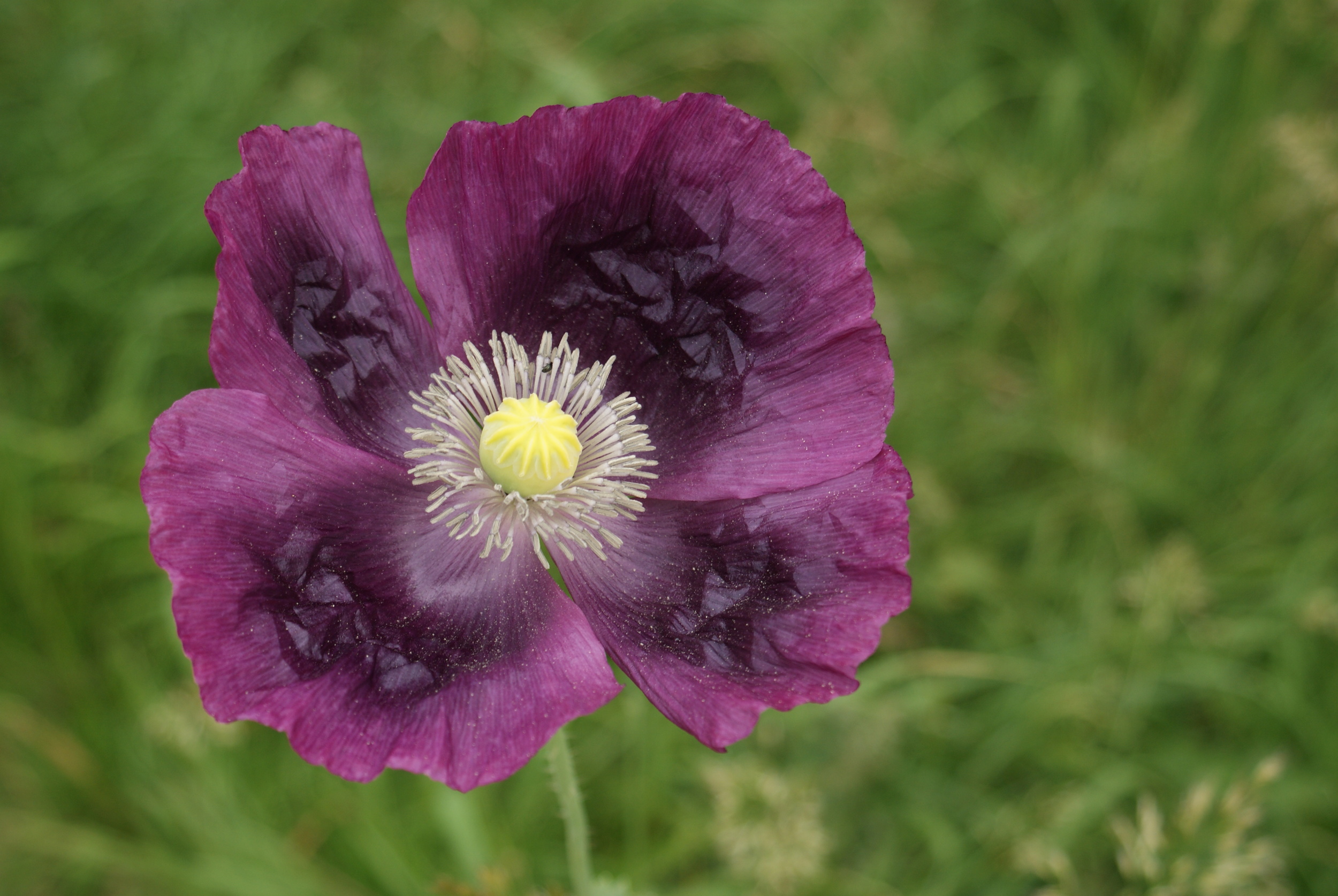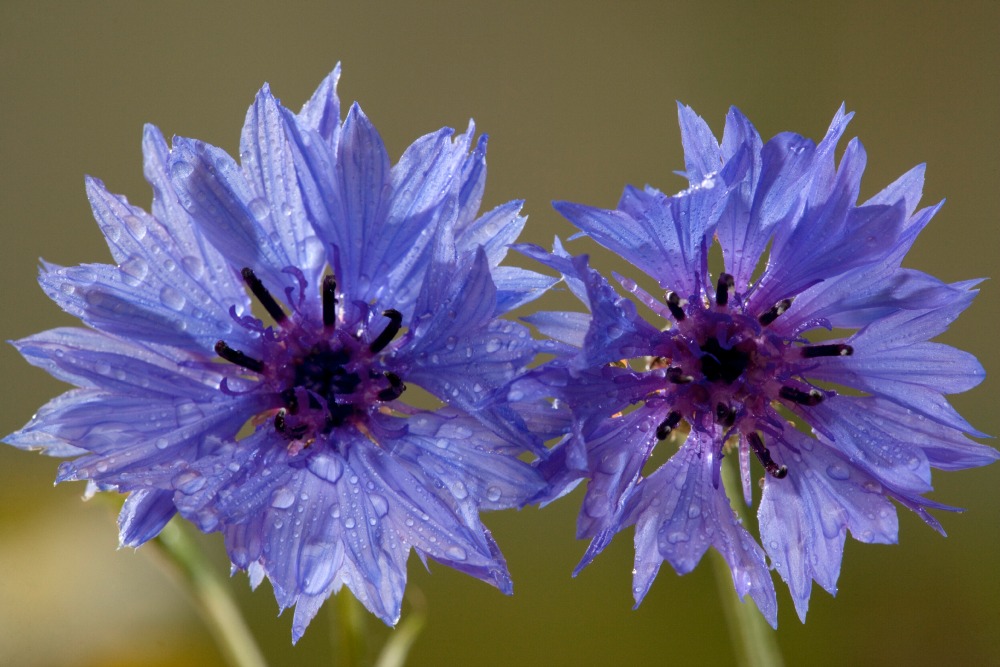You can mark the progress of the seasons, and indeed the farming year, simply by the appearance of the fields. Here in the Pennines we don’t have much by way of arable farming so the welcome sight of autumn stubble isn’t something to be anticipated on nature’s calendar. But my garden gate opens straight into a meadow, which is indeed a lovely thing. In winter we have sheep poking their noses through the bars, trying to reach the tantalising flower borders. In spring the lambs arrive. But not this year. Instead, the lambs are in another field and we have a hay meadow. The grass is already waist-high in parts (there’s an unmarked path right through the middle so we often wander up to the hills this way).
It was whilst looking out of the kitchen window and beyond the gate, watching these long grasses rippling mesmerically in the wind, that I started thinking about summers past. As children we’d make little nests in the meadows, lying down and watching the grass and buttercups waving above us. The simple pleasure to be had from looking back at the path you’d made (even more satisfying when the grass is wet). Sitting on an upturned bucket in mucky jodhpurs making flower crowns.
In this landlocked valley the rippling of long grasses in the breeze is our alternative to sand dunes. A graphite-grey sky with bleached stems below, as far as the eye can see, is one of my favourite late-summer sights. I find it so evocative – to stand in the middle of it all is as close as I’ll ever get to a meditative state.
It isn’t just about grass, of course. Although these in themselves are fascinating; slow down, get up close and notice the sheer variety of form and colour. Meadows, like the moors above, are an intricate tapestry of plants and flowers. At this time of year we have buttercups, clover, sorrel, cuckoo flowers and vetch to name but a few. And all punctuated with fleshier clumps of dock, nettle and thistle.
But what about those of us who live in more urban areas? Where do we go in search of the great unmown?
Many parks and public green spaces are neatly lawned. Sometimes they’ll have wilder fringes if you stray from the tarmac. Go and explore the further reaches (worthwhile, as the outer edges are often much quieter too). A place I visit often is the churchyard in our village. Over half of it is gloriously wild, left to its own devices to grow and set seed. It’s filled with dancing buttercups and sedges, much of the ground being quite marshy underfoot, as well as red clover, purple wild orchids and Bistort. There are even some rogue forget-me-nots in there, apt for a place where people have been laid to rest over the centuries.
Now is the time to go out and find a wildflower meadow, or at least a little piece of one in an unlikely place. There are few things as truly magical as walking waist-deep through tall grass. Children love it too. And be sure to sit (or even better, lie) down and watch the sky from a secret little space, surrounded by nodding flowers and busy insects.







































